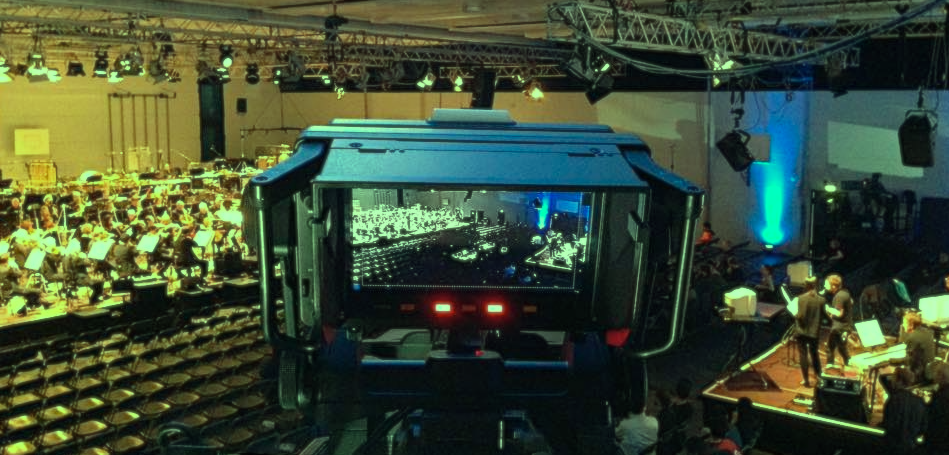The News in Music
first performance: South West German Radio Symphony Orchestra (cond. Ilan Volkov); ‘Donaueschinger Musiktage’, Donaueschingen GER October 2017 — commissioned by South West German Radio with additional support from the Australia Council for the Arts — instrumentation: symphony orchestra (3.3.3.3. – 4.3.3.1 – Timp. / 3 perc. / harp / keys – strings – samples) — Duration 27′ / 2017
“Hard-hitting. Award-winning. Uncompromising. Dependable. Factual. Reliable. Authoritative. Comprehensive. Instructive. Credible. Responsible. Sensible.“
“Every evening we just happen, no explanation needed. Something happens, we react. We will provide stable sound images in unstable times. We will make meaning in the service of power. We will master the signs. Every evening the world will fall apart only to be miraculously rebuilt while you sleep, and then torn down again at the same time tomorrow.“

“…cheap entertainment music. And then when somebody shows up like a village idiot, whose The News in Music is a US-American modelled news music strung together in a Hollywood-like manner, then it hails in a concert of ‘boos’.” (Badische Zeitung)
“His collage of film music soundtracks and news jingles is really super dull.” (Bavarian Radio Classic)
“If (the composer) had sold each individual scrap to television companies, he would be a millionaire.” (Musiktexte)
“It’s a scandal that not more people were outraged.” (Stuttgarter Zeitung)
The News in Music celebrates the technical aspects of the often-overlooked sub-genre of ‘orchestral news music’, and is a ‘package’ of imaginary television news music for symphony orchestra, presented live in the concert hall. Inspired by the short forms that composers write for TV news productions, the work consists of sixteen cues of news music from sixteen different imaginary TV networks. The package is followed by a coda entitled, Tabloid Lament. Although the work was written as a contribution to current debates on the social function, and symbolic relationship to power of contemporary TV news media, the work also makes an intervention with regards the sites of transmission for contemporary orchestral music: by placing orchestral music normally associated with televisual content and reproduction back in a live, concert hall setting, listeners are prompted to reflect on the social function, and symbolic relationship to power of the orchestra. (TM)